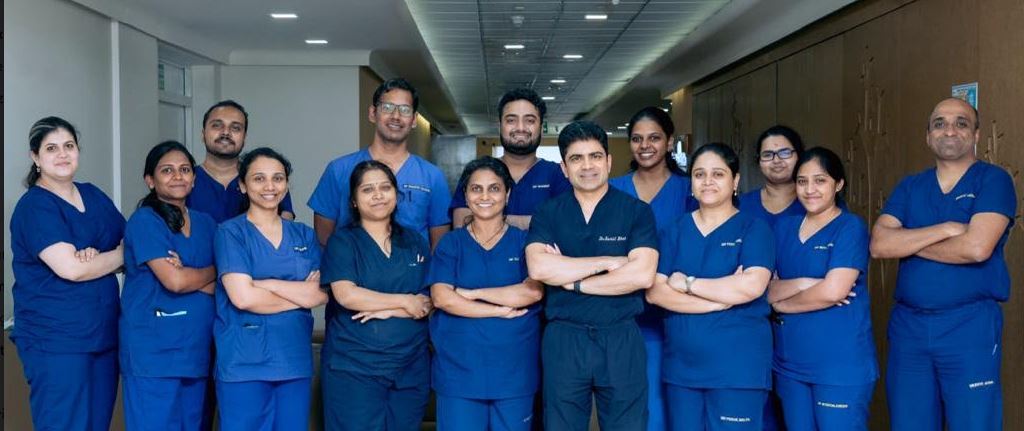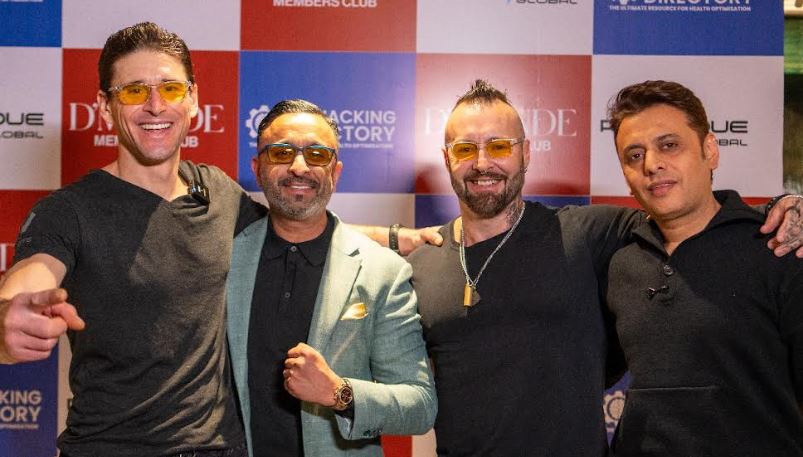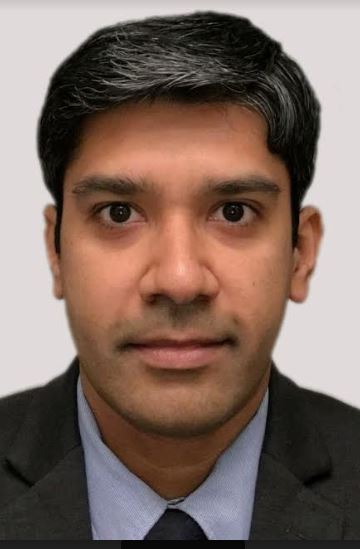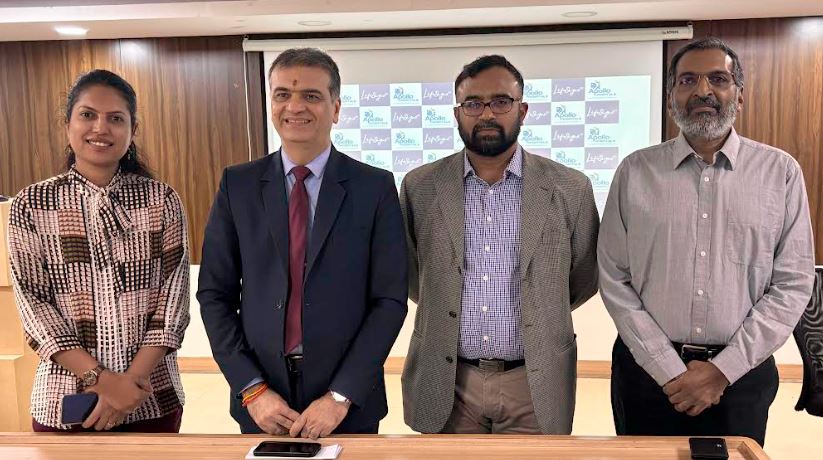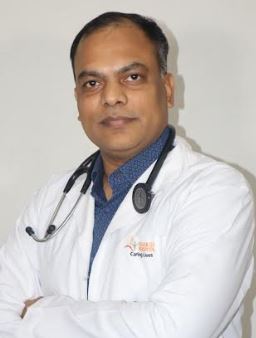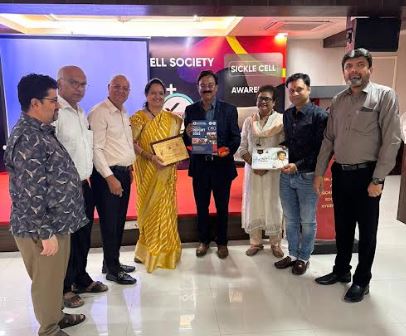Dr Rajesh Bendre, National Technical Head & Chief Pathologist Apollo Diagnostics
January is dedicated to raising awareness about cervical cancer, a curable and preventable disease that can be effectively treated if detected early. Screening for cervical cancer is essential for identifying any abnormalities in the cervix and its cells.
Cervical Cancer is a type of cancer that affects the tissues of the cervix, which is the lower part of the uterus in women. It has the potential to spread to other areas such as the vagina, bladder, rectum, and even the lungs. It ranks as the fourth most commonly diagnosed cancer among women. The human papillomaviruses (HPV) are identified as the primary cause of cervical cancer. HPV is transmitted through sexual contact and can be easily treated in its early stages. However, if left untreated, it can progress into cervical cancer and lead to serious complications. Owing to successful vaccination, consistent screening, and the presence of advanced tests, there has been improvement in the situation and a decrease in the death rate. So, women must undergo cervical cancer screening once they reach a certain age. Women over 35 are at higher risk of developing cervical cancer, but through regular screening, it is feasible to detect and treat cervical cancer at an early stage.
Screening for cervical cancer
- Early detection and proper treatment are essential for curing and preventing cervical cancer. Advanced screening can identify abnormalities in the cervix and its cells, reducing the risk of HPV and precancerous changes that may lead to cancer.
- The Papanicolaou test (Pap smear) is a widely used diagnostic method for detecting cervical cell changes that could result in cancer. It is recommended for women aged 30 and above, with the option of combining it with HPV testing every five years. Depending on individual risk factors, more frequent testing may be necessary as advised by a doctor.
- VIA screening involves visually inspecting the cervix with acetic acid and is used for detecting cervical lesions in women aged 26-30. This simple treatment and effective diagnosis of early symptoms of cervical cancer allows for immediate cryotherapy treatment for women who test positive. VIA helps confirm precancerous lesions in the cervix and is particularly beneficial for women in remote areas with limited resources.
- HPV testing detects the presence of human papillomaviruses (HPV), which are responsible for a large number of cervical cancer cases. Early detection of HPV can reduce the risk of cervical cancer and guide further treatment options. Since it takes at least 10 years for HPV to develop into cancer, there is ample time for diagnosis and treatment.
Regular cervical cancer screening is crucial for women’s health, with the recommended starting age being 21, regardless of sexual activity. The frequency and type of screening depend on age and medical history. For those aged 21-29, a Pap test every 3 years is advised. Women aged 30-65 can opt for co-testing (Pap test plus HPV test) every 5 years or a Pap test alone every 3 years with HPV testing every 5 years. It’s important to consult with a doctor to determine the most suitable screening schedule. Detecting cervical cancer early is key to successful treatment, as it progresses slowly. Hence, timely screening is key for every woman who wishes to stay hale and hearty throughout life.
